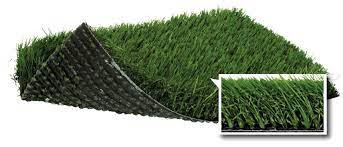The Green Revolution: Synthetic Turf's Sustainable Impact
Synthetic turf, often referred to as artificial grass or turf, has emerged as a game-changer in landscaping and sports fields, revolutionizing the way we perceive and use outdoor spaces. This innovative solution offers a plethora of environmental and practical advantages, making it a sustainable alternative to traditional natural grass.
One of the most compelling features of synthetic turf is its eco-friendliness. Unlike natural grass, it doesn't require regular watering, eliminating the need for vast amounts of water in arid regions. Additionally, it doesn't need pesticides or fertilizers, reducing chemical runoff and soil contamination. Synthetic turf's durability ensures that it remains in pristine condition year-round, reducing the need for constant maintenance, mowing, and energy consumption associated with lawn care equipment.
Furthermore, the use of synthetic turf on sports fields can extend playing seasons, reduce injuries, and provide consistent playing surfaces. This can encourage more physical activity and community engagement.
In conclusion, synthetic turf's sustainable impact extends beyond aesthetics; it conserves water, reduces chemical usage, and lowers maintenance costs, making it a promising choice for environmentally conscious landscaping and sports facilities. Embracing this green revolution can pave the way for a more sustainable future.




Comments
Post a Comment